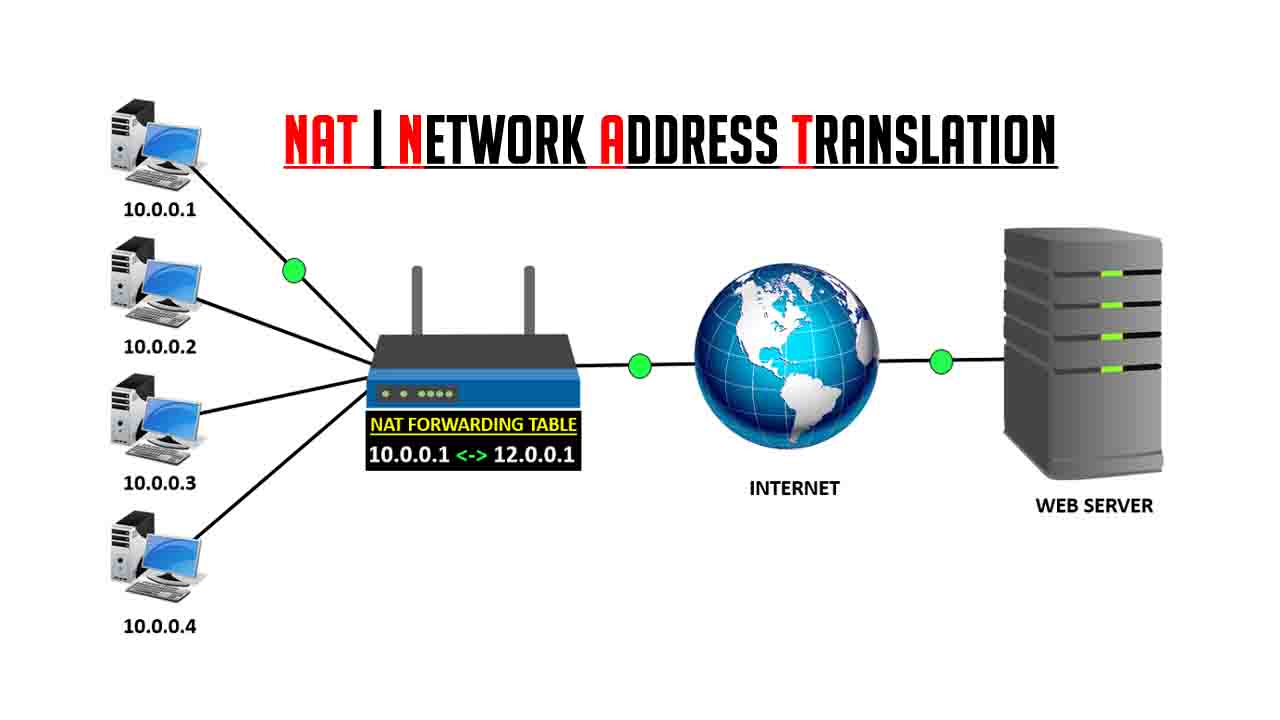NAT stands for Network Address Translation and it is used to convert a private IP address into a public IP Address and a public IP Address into a Private. Now, the question is why do we need NAT, How NAT works, what are the advantages and disadvantages of NAT in networking. Everything I am going to explain to you in this post.
Uses of NAT in Networking
We use NAT because of the shortage of an IP address. IPv4 is a 32-bit address which has around 4,294,967,296 (4.2 Billion) IP addresses and the population in our beautiful world is more than 7 billion. Most of the users are using multiple devices too such as a smartphone, laptop, tab, desktop, etc. So, 4.2 Billion IP address is not sufficient for 7 billion of devices, right. For this reason, we use NAT (Network Address Translation).
How NAT works in a computer network

Let’s take an example, there are 1000 computers in a network but only one internet connection. How it is possible for these 1000 devices to access this single internet, right. It is possible with the help of NAT. All 1000 computers are assigned with the private IP address i.e. (10.0._._) and connected to the router. This router is directly connected to the internet and configured with NAT.
Whenever PC 1 assigned with the IP address 10.0.0.1 trying to access the internet (www.google.com) then, it will first send the request to the router. Your router configured with NAT convert this private IP address into a public IP address (10.0.0.1 – 12.0.0.1) and then forward the request to the google web server. But, before forwarding this request, the router saves this information in the NAT forwarding table. So, that the time it gets a reply from the web server it can convert the public IP back to the private IP (12.0.0.1 – 10.0.0.1) and deliver the information to the requested PC.
NAT also provides strong protection against unauthorized users, because unauthorized users cannot view any of the systems behind the NAT. To other systems on the Internet, the entire private network looks like just one system i.e. NAT system. NAT has become popular for networking as it protects the private network from hackers and like this, it also acts as a firewall.
Advantages of NAT (Network Address Translation)
- Hides the internal structure of the network from the outsider and thus increases network security.
- Allows unlimited private IP address range, as global addresses are required only when a computer is connected to the Internet.
- Helps in maintaining the same internal network’s IP address when a computer is attached to the Internet.


